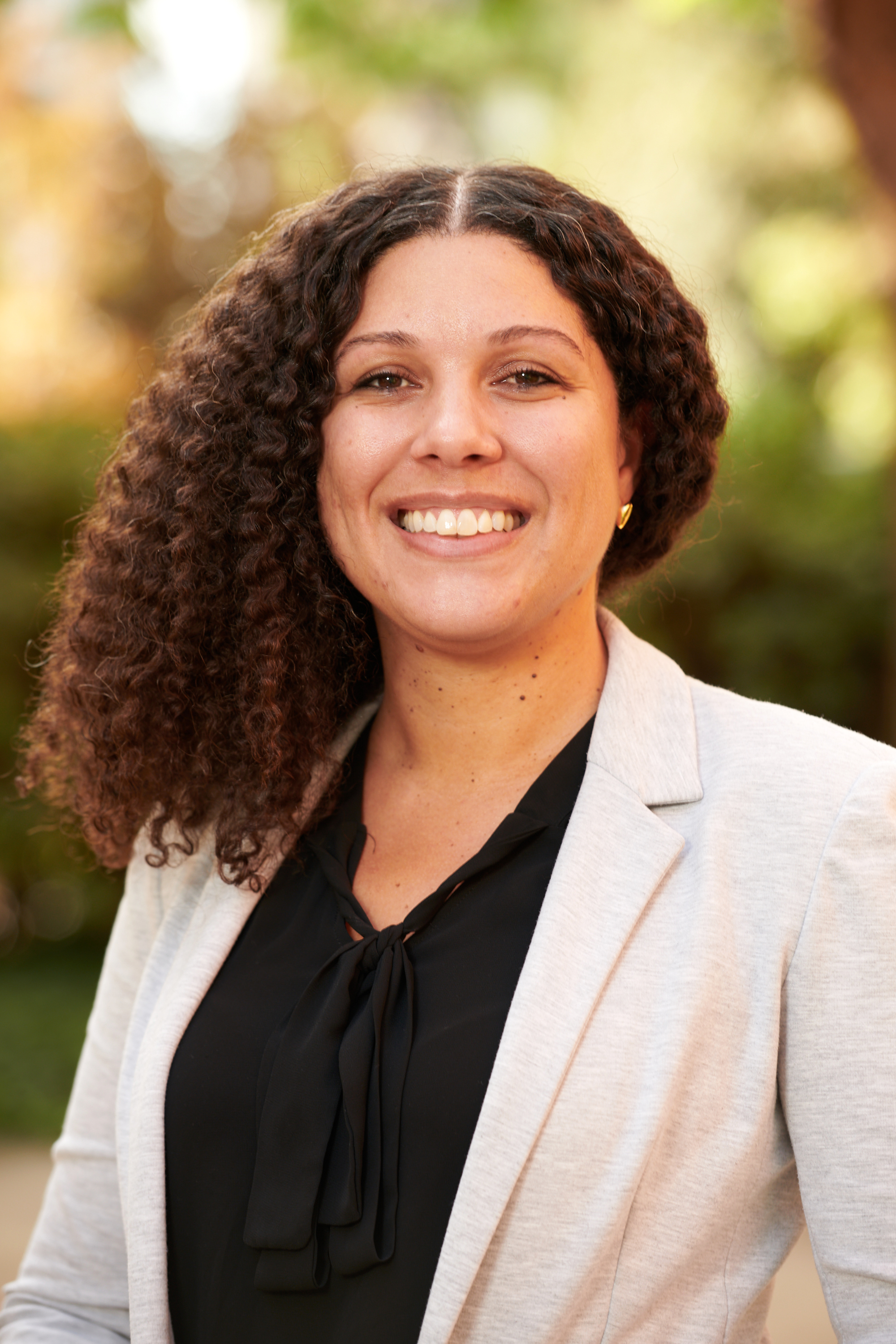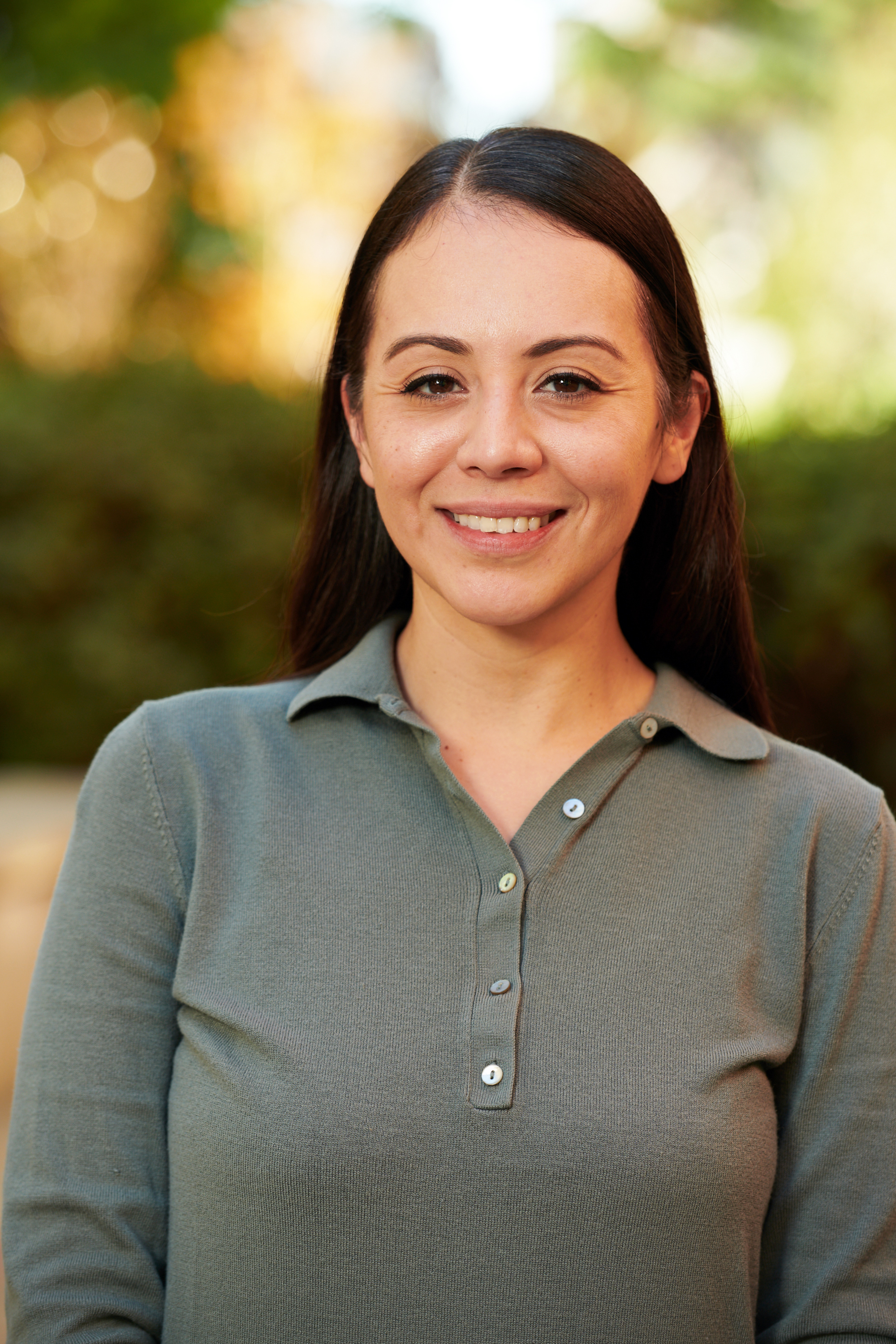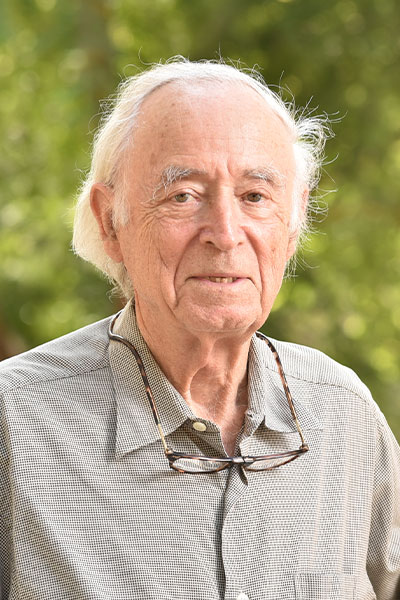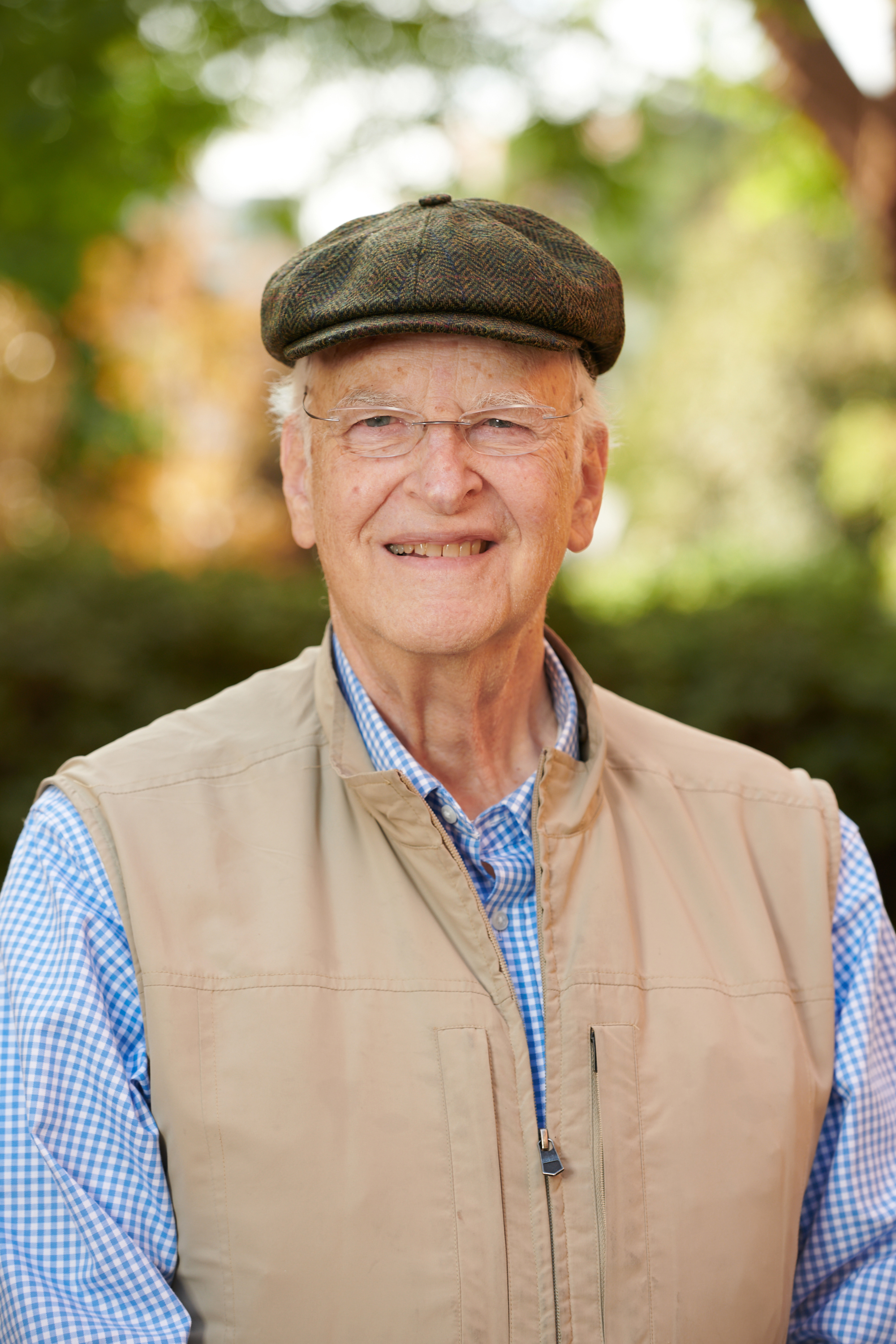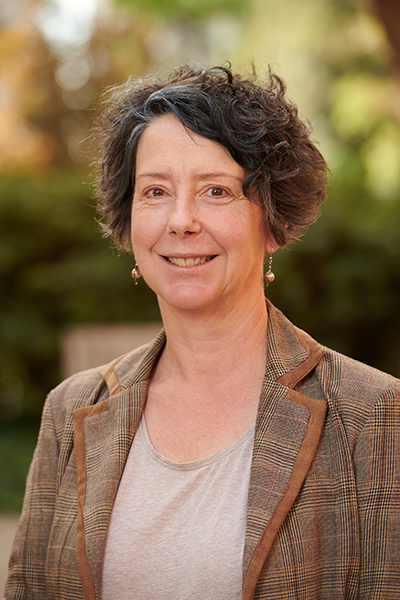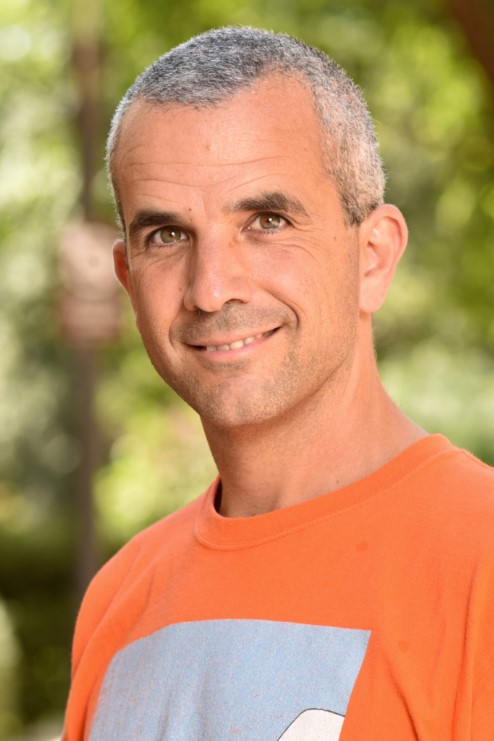August 16, 2023
Duncan Leitch
Biography
Dr. Duncan Leitch grew up in Memphis, TN. He completed undergraduate degrees in mathematics and neuroscience, followed by a PhD in systems neuroscience with Dr. Kenneth Catania (Vanderbilt University, Nashville, TN, US). His doctoral thesis focused on comparative mechanosensory neurophysiology with a particular focus on novel sensory organs in diverse vertebrates. Following grad school, he was a postdoctoral fellow at the University of California – San Francisco with Dr. David Julius, where he studied the molecular basis of the unusual sense of electroreception in elasmobranch fishes. He and colleagues identified novel mutations in voltage-gated calcium and sodium channels that mediated neural responses to low threshold electrical fields using physiological, genetic, and behaviourally analyses. His lab studies diverse sensory adaptations in vertebrates, using transcriptomic, physiological, and behavioural approaches to identify mechanisms of nervous system adaptation. These novel projects include looking at sensory system organization in diverse reptile, amphibian, and fish taxa.
Education
B.S., Mathematics, Vanderbilt University, 2006
B.S., Neuroscience, Vanderbilt University, 2006
Ph.D., Neuroscience, Vanderbilt University, 2013
Post-doctoral fellowship, UC San Francisco, 2019
Selected Publications
Leitch, D.B. and A. Gaede (2021). Specialized somatosensory systems revealed: comparative structure, function, and transduction through cutaneous receptors of the body. In J. Kaas (Ed.), The Senses: A Comprehensive Reference. Elsevier Oxford.
Leitch, D.B. and D. Julius (2019). Electrosensory transduction: comparisons across structure, afferent response properties, and cellular physiology. In B.A. Carlson and J. Sisneros (Eds.), Electroreception: Fundamental Insights from Comparative Approaches. Springer New York.
Bellono, N*, Leitch, D.B*., Julius, D.J., “Molecular tuning of electroreception in sharks and skates”, Nature, 558:122-126, 2018. Cover article.
Bellono, N*, Leitch, D.B*., Julius, D.J., “Molecular basis of ancestral vertebrate electroreception”, Nature, 543:391-396, 2017.
Leitch, D.B. and K.C. Catania. “Structure, innervation, and response properties of integumentary sensory organs in crocodilians”, J Exp Biol, 215, 4217-4230, 2012. Cover article.
Catania, K.C., Leitch, D.B., Gauthier, D. “Function of the appendages in tentacle snakes (Erpeton tentaculatus)”, J Exp Biol, 213, 359-67, 2010. Cover article.


